Our first non-human ape is the orangutan. This is an ape who inhabits Borneo, Malaysia, and Sumatra, Indonesia, and whose method of locomotion is sometimes travel on the ground, but their more common locomotion is brachiation (climbing trees) so both males and females have arms longer than their torsos. Aside from the arms and the colour of their hair (orange), they could not be more different. The male orangutan has body mass more than twice than that of females, and with that they are also larger and heavier. They also have larger canines and first lower premolars (refer to: http://anthropologicalconcepts.weebly.com/blog/-diet-and-teeth). But even though these are all immediately evident that the larger ones are males, but there is one element that removes all doubt. This element are the large cheek pads; only male orangutans have these (image below). Something that helps in this huge difference is when the female hits adulthood, they stop growing, while the male still grows. That said, when orangutans are babies, it is difficult to tell apart the males and females.
Please feel free to comment on what you thought of the blog, or other physical anthropological subjects you would like me to cover.
(from left to right: human, gorilla, chimpanzee, orangutan, gibbon)
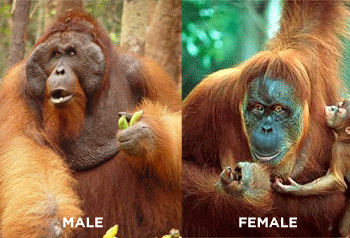
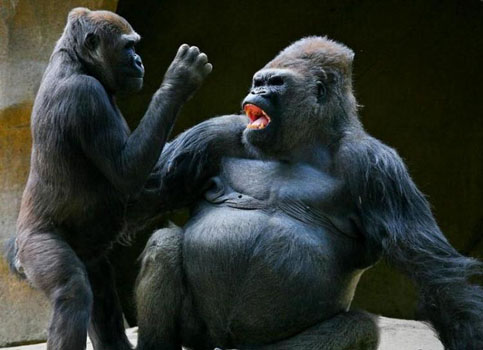
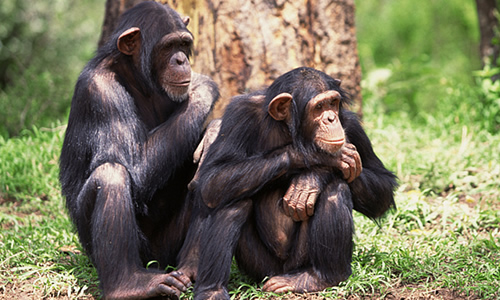
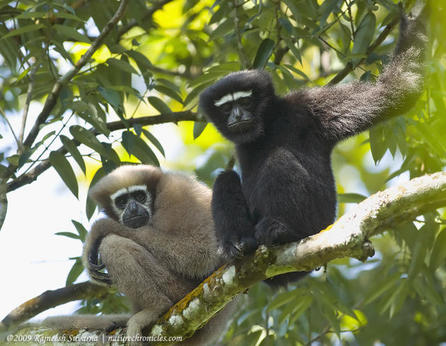
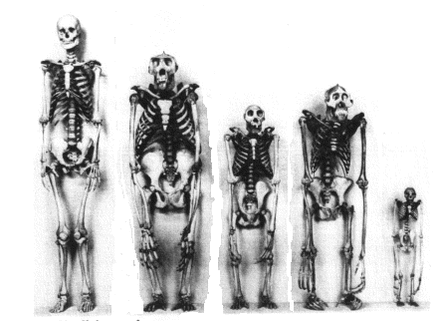
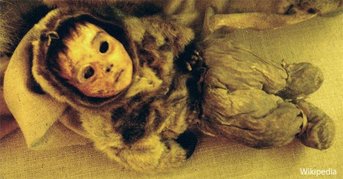
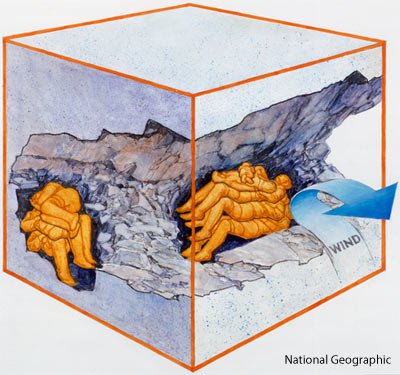
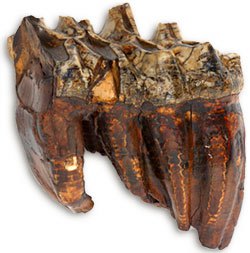
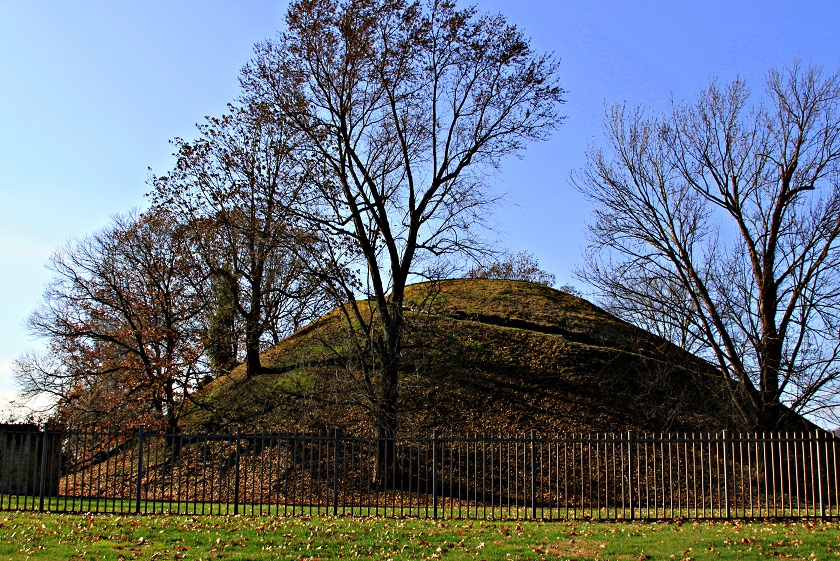
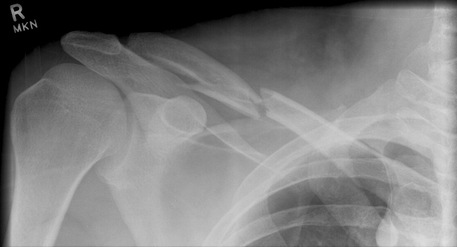
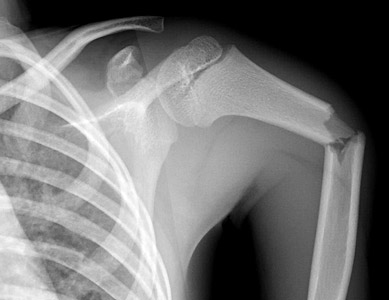
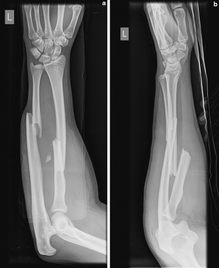
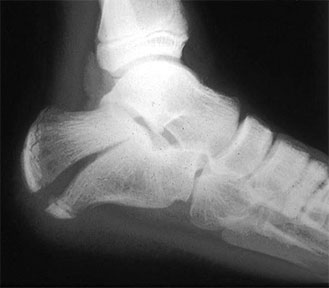
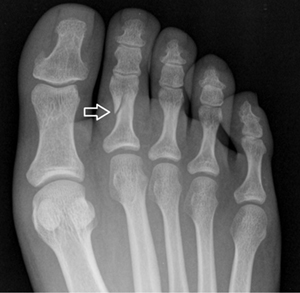
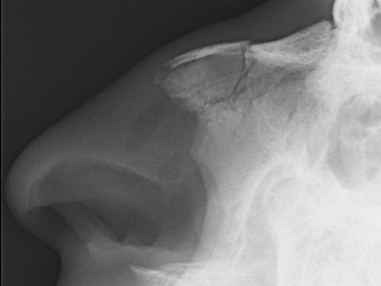

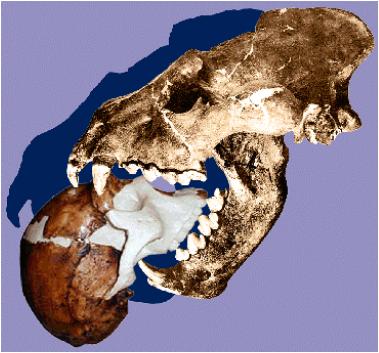
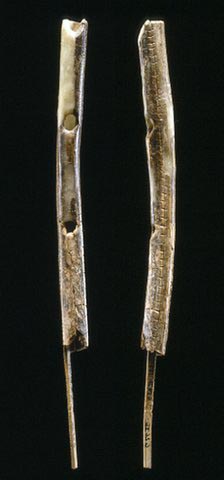
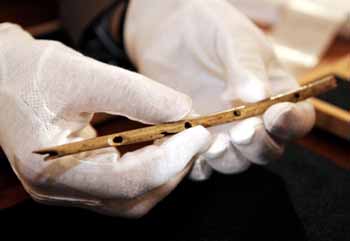
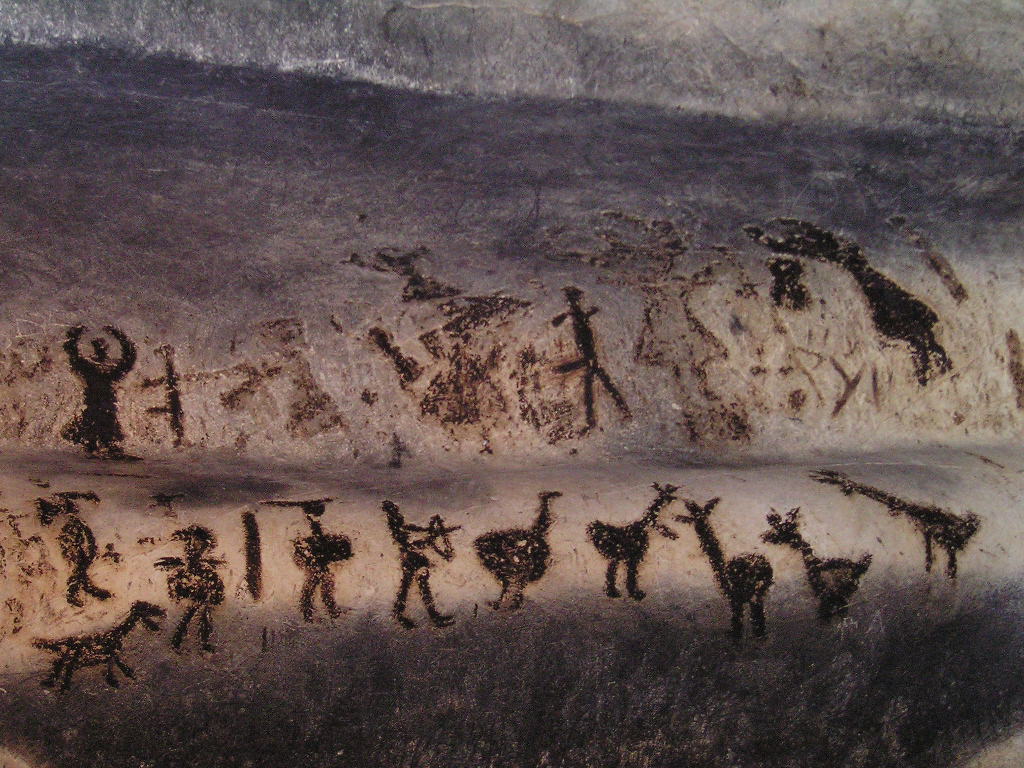
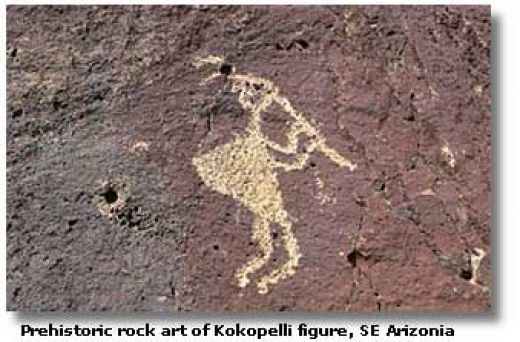


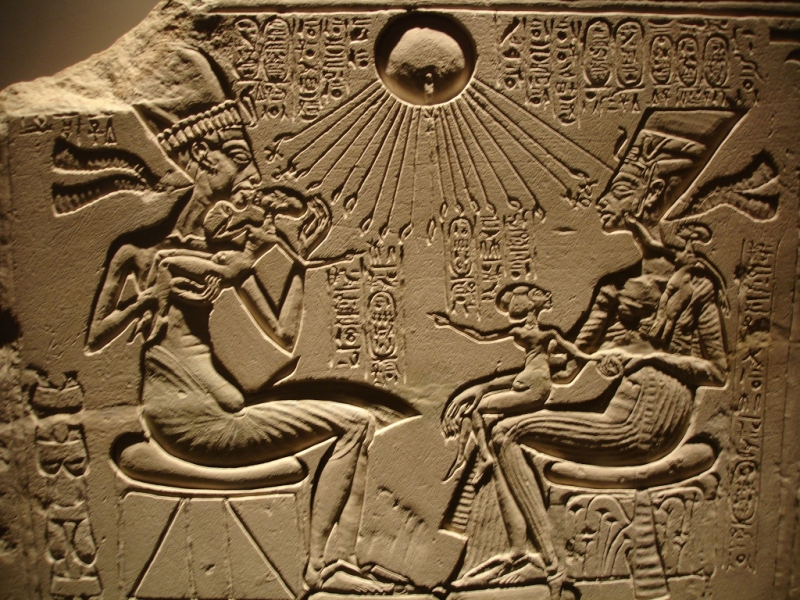
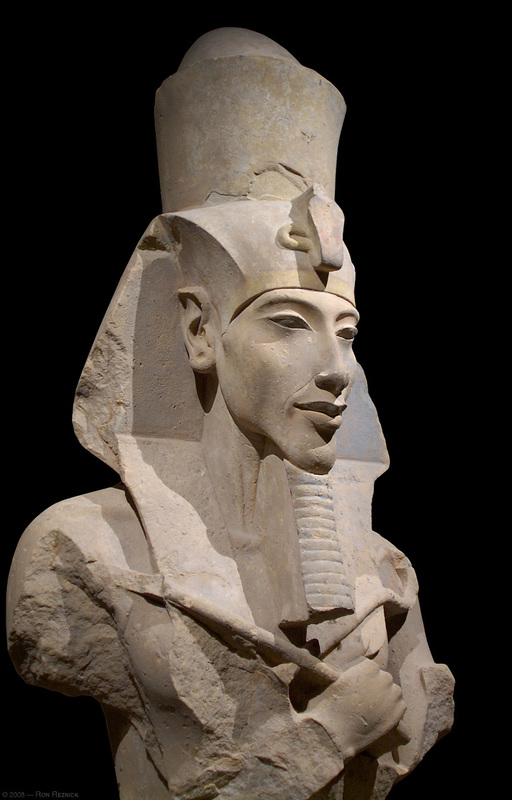
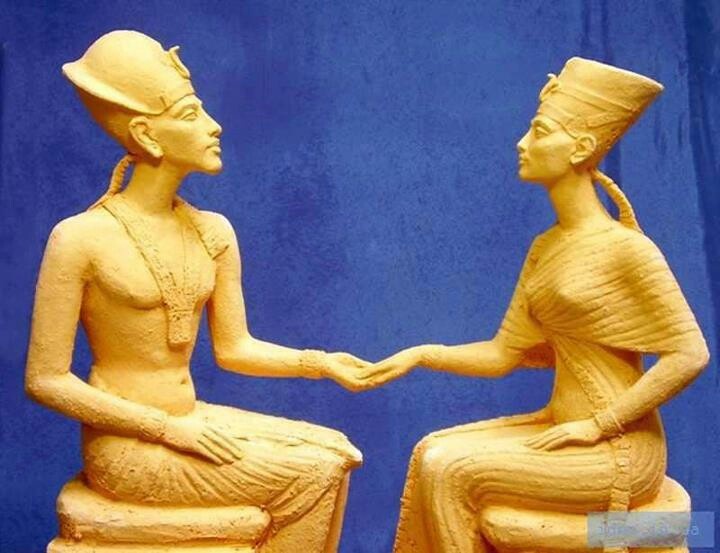
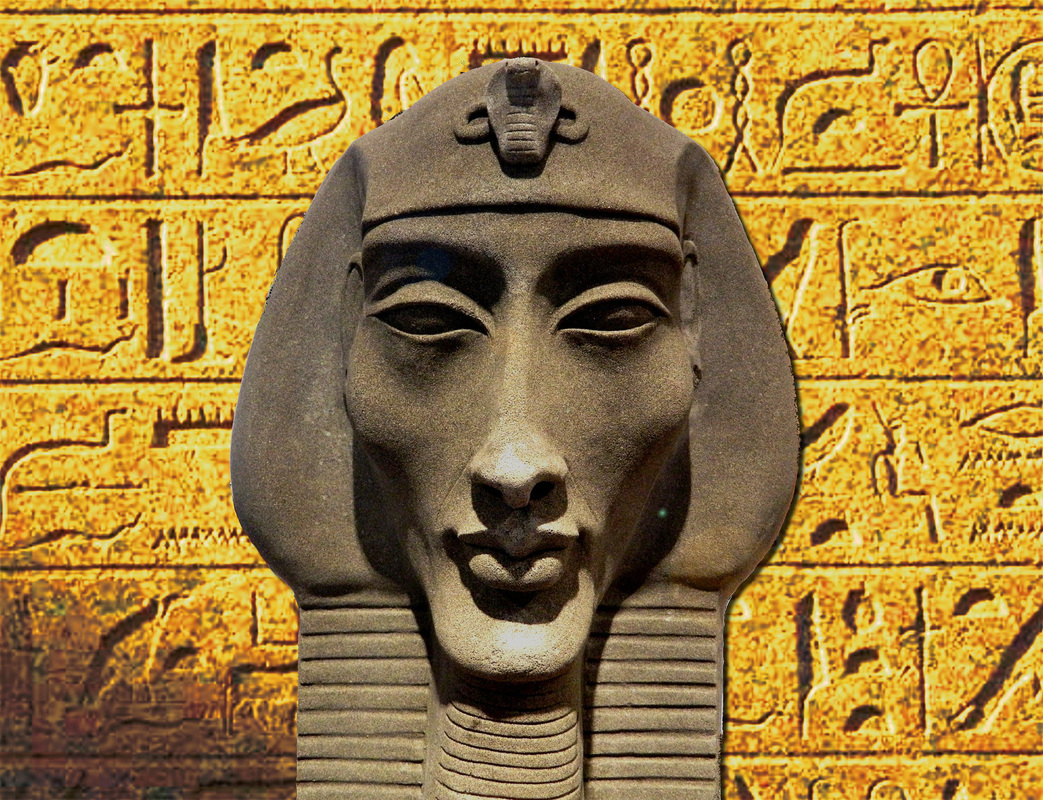


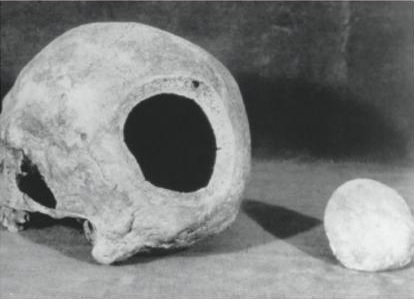
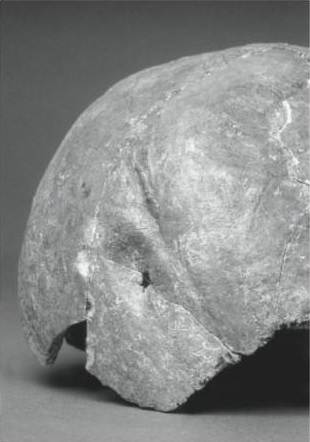
 RSS Feed
RSS Feed
